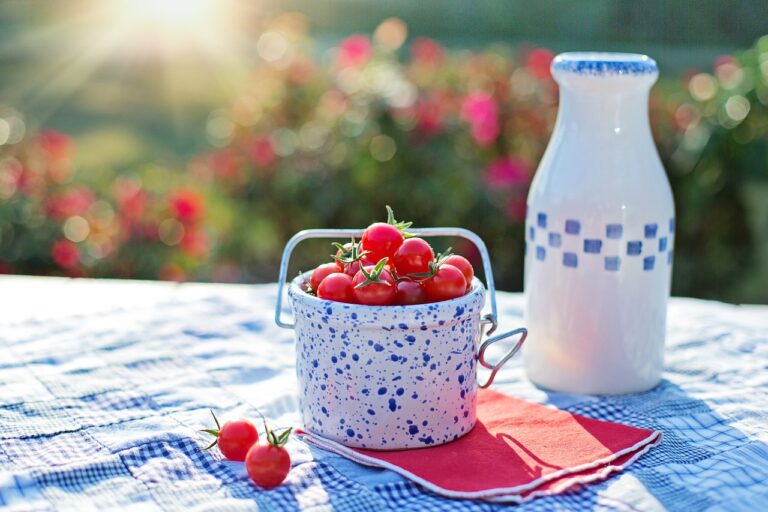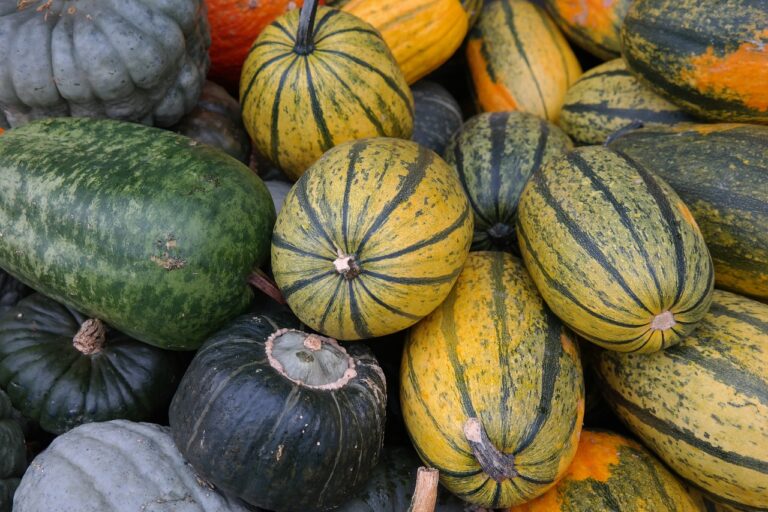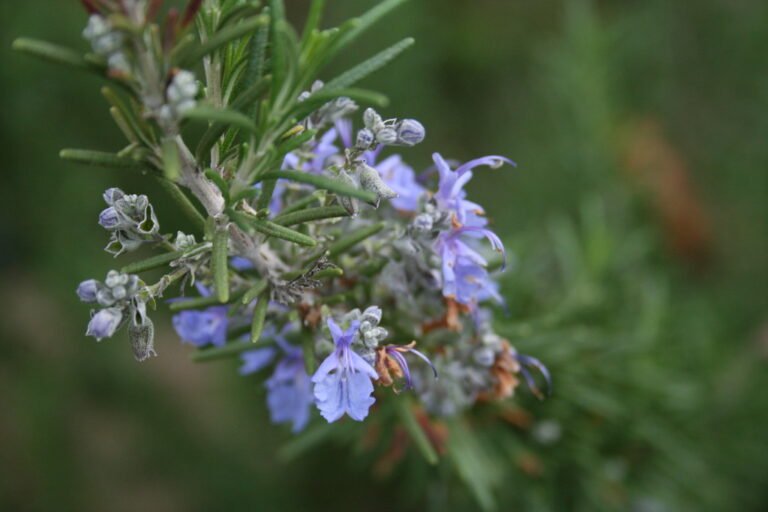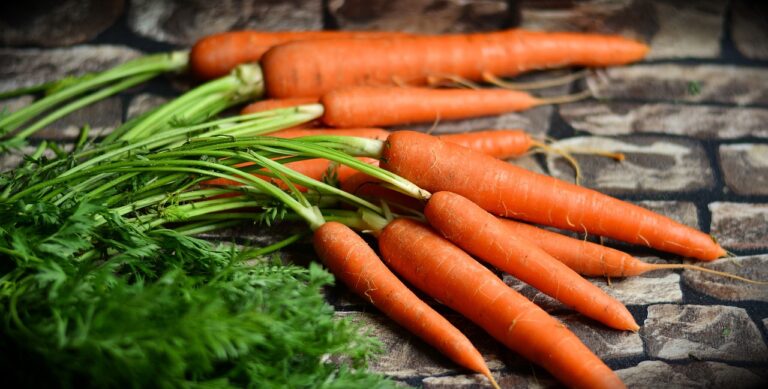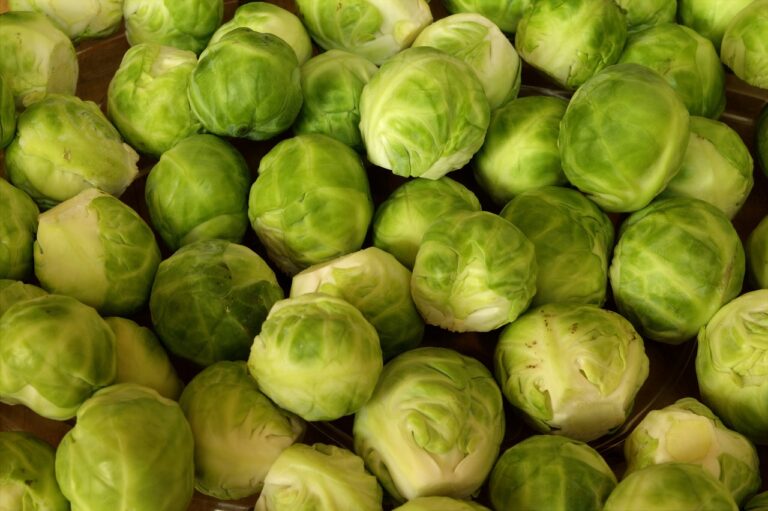Growing and Caring for Jalapeno Seedlings: A Comprehensive Guide
Are you ready to embark on a journey of growing and caring for jalapeno seedlings? Look no further! This comprehensive guide will provide you with all the information you need to ensure the success of your jalapeno plants. From choosing the right seeds to harvesting and storing peppers, we've got you covered. Get your green thumbs ready and let's dive into the world of jalapeno seedlings!
Choosing the Right Jalapeno Seeds
To ensure successful growth, start your jalapeno seedlings off right by selecting seeds from a reputable supplier. When choosing jalapeno seeds, it is important to consider factors such as variety, quality, and germination rates. Look for a supplier that offers a wide selection of jalapeno varieties, including both mild and hot options. This will allow you to cater to different taste preferences. Additionally, opt for seeds that are of high quality, as they will have a better chance of germinating and producing healthy plants. It is also essential to check the germination rates provided by the supplier. Higher germination rates indicate that more seeds are likely to sprout, maximizing your chances of success. By selecting seeds from a reputable supplier, you are setting yourself up for a fruitful jalapeno growing experience.
Preparing the Soil for Jalapeno Seedlings
Once you have selected the right jalapeno seeds, it's time to prepare the soil for your seedlings' growth. Start by choosing a location that receives at least six hours of sunlight daily. Jalapenos thrive in well-draining soil, so ensure it is loose and friable. Remove any rocks, roots, or debris from the area. Before planting, test the soil pH using a soil testing kit. Jalapenos prefer a slightly acidic pH level of 6.0 to 6.8. If the pH is too high, add sulfur or peat moss to lower it. Next, enrich the soil by adding organic matter, such as compost or well-rotted manure, to increase its fertility and moisture retention. Mix the organic matter into the top 6-8 inches of soil. Finally, water the soil thoroughly and let it settle for a few days before planting your jalapeno seedlings.
Planting Jalapeno Seeds Indoors
Now, let's dive into how you can plant jalapeno seeds indoors and ensure successful growth. To start, gather your supplies: a seed tray or small pots, seed starting mix, and jalapeno seeds. Fill the tray or pots with seed starting mix, making sure it is moist but not soaked. Create small holes in the mix, about a quarter-inch deep, using your finger or a pencil. Place one or two seeds in each hole and cover lightly with the mix. Mist the top layer with water to keep it moist. Next, cover the tray or pots with a plastic dome or plastic wrap to create a greenhouse-like environment. Place the tray or pots in a warm location with indirect sunlight. Maintain moisture by misting the seeds regularly, but avoid overwatering. Once the seeds have sprouted, remove the plastic cover and continue to provide them with adequate sunlight and moisture. With proper care, your jalapeno seedlings will grow strong and healthy indoors.
Providing Proper Lighting for Jalapeno Seedlings
For optimal growth, you should provide jalapeno seedlings with sufficient and appropriate lighting. Light is essential for photosynthesis, the process by which plants convert light energy into chemical energy to fuel their growth. When starting your jalapeno seedlings indoors, it is crucial to mimic natural sunlight as closely as possible. Place your seedlings in a location that receives at least 12 hours of light per day. If natural light is insufficient, you can supplement it with artificial light sources, such as fluorescent or LED grow lights. Position the lights about 6 to 12 inches above the seedlings and adjust the height as they grow. Keep the lights on for 12 to 16 hours per day. Remember to monitor the temperature around the seedlings as lights can generate heat. With proper lighting, your jalapeno seedlings will thrive and be ready for transplanting outdoors.
Watering and Humidity Requirements for Jalapeno Seedlings
To ensure healthy growth, maintain optimal watering and humidity levels for your jalapeno seedlings. Watering is a critical aspect of caring for your plants, as it helps provide the necessary moisture for their development. When watering jalapeno seedlings, aim to keep the soil consistently moist, but not waterlogged. A good rule of thumb is to water when the top inch of soil feels dry to the touch. Use a watering can or a gentle spray nozzle to avoid damaging the delicate seedlings. Additionally, humidity is crucial for jalapeno seedlings, as it helps prevent them from drying out. You can increase humidity by placing a tray of water near the plants or using a humidifier. Monitoring and maintaining proper watering and humidity levels will contribute to the healthy growth and success of your jalapeno seedlings.
Fertilizing Jalapeno Seedlings for Optimal Growth
Maintain optimal growth for your jalapeno seedlings by fertilizing them at the appropriate times. Fertilization is a crucial step in ensuring healthy and vigorous plants. Start by applying a balanced, slow-release fertilizer when transplanting your seedlings into their permanent container or garden bed. Look for a fertilizer with an NPK ratio of 10-10-10 or 14-14-14, as this will provide a good balance of essential nutrients. After the initial application, apply a water-soluble fertilizer every two weeks during the growing season. Dilute the fertilizer according to the package instructions and apply it directly to the soil around the base of each plant. Be sure to water the plants after fertilizing to help the nutrients penetrate the soil. Remember to follow the instructions on the fertilizer packaging and avoid over-fertilizing, as this can lead to burnt roots and stunted growth. With proper fertilization, your jalapeno seedlings will thrive and produce abundant fruits.
Transplanting Jalapeno Seedlings to the Garden
When transplanting your jalapeno seedlings to the garden, ensure a smooth transition for your plants by following these steps. First, choose a sunny spot in your garden that receives at least six hours of direct sunlight each day. Prepare the soil by adding compost or well-rotted manure to improve its fertility. Next, gently remove the seedlings from their containers, being careful not to damage the delicate roots. Dig a hole in the garden that is slightly larger than the root ball of the seedling. Place the seedling in the hole, making sure it sits at the same depth as it did in the container. Fill the hole with soil and gently tamp it down to eliminate air pockets. Water the seedling thoroughly to help it settle into its new home. Finally, provide support, such as stakes or cages, to help the fragile jalapeno plants grow upright. With these steps, your jalapeno seedlings will thrive in your garden and reward you with a bountiful harvest.
Protecting Jalapeno Seedlings From Pests and Diseases
After transplanting your jalapeno seedlings to the garden, it is important to take measures to protect them from pests and diseases. Pests like aphids, spider mites, and caterpillars can wreak havoc on your precious plants. To keep them at bay, you can use organic insecticides or make your own by mixing dish soap and water. Another effective method is to introduce beneficial insects, such as ladybugs and lacewings, which feed on pests. Additionally, diseases like fungal infections and bacterial wilt can pose a threat. To prevent these, avoid overhead watering and ensure proper air circulation. Remove any infected leaves or plants promptly to prevent further spread. By implementing these protective measures, you can safeguard your jalapeno seedlings and ensure a healthy and bountiful harvest.
Pruning and Staking Jalapeno Plants
To ensure proper growth and support for your jalapeno plants, it is essential to prune and stake them. Pruning is important because it helps promote air circulation and prevent diseases. Start by removing any dead or damaged leaves or branches. This will also help the plant focus its energy on producing more peppers. Additionally, pruning encourages the plant to grow bushier, resulting in a higher yield. When staking your jalapeno plants, choose sturdy stakes that are at least 3 feet tall. Drive them into the ground near the base of the plant and gently tie the stems to the stakes using soft ties or twine. This will prevent the plants from bending or breaking under the weight of the peppers and provide support as they grow.
Harvesting and Storing Jalapeno Peppers
To ensure a bountiful harvest, you will need to properly harvest and store your jalapeno peppers. Harvesting jalapenos at the right time is crucial for flavor and heat. Wait until the peppers are mature and have turned a deep green color. Gently twist the pepper off the plant, making sure to leave a small portion of the stem attached. Avoid pulling or tugging, as this can damage the plant. After harvesting, it's important to store your jalapenos properly to ensure their freshness. Place them in a perforated plastic bag or a container with ventilation holes to allow for air circulation. Store them in the refrigerator, where they can stay fresh for up to two weeks. Alternatively, you can freeze the jalapenos whole or sliced for longer-term storage. Properly harvested and stored jalapeno peppers will bring a burst of flavor and spice to your dishes throughout the year.
Conclusion
In conclusion, growing and caring for jalapeno seedlings requires careful attention to detail and proper techniques. From choosing the right seeds to providing adequate lighting, watering, and transplanting, it is important to follow a comprehensive guide for successful growth. Protecting the seedlings from pests and diseases, pruning and staking the plants, and harvesting and storing the peppers are all essential steps in the process. With proper care, you can enjoy a bountiful harvest of delicious jalapeno peppers.


